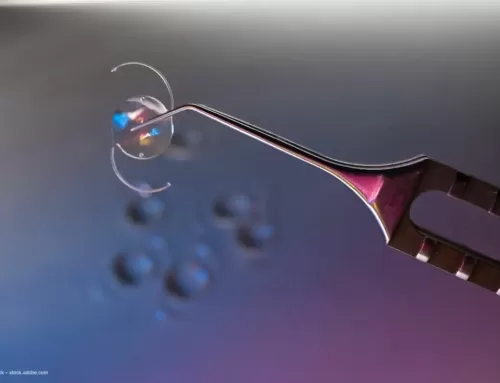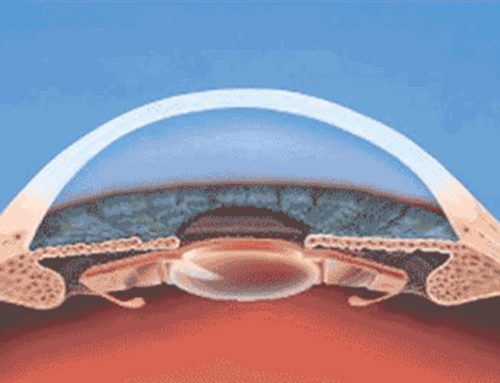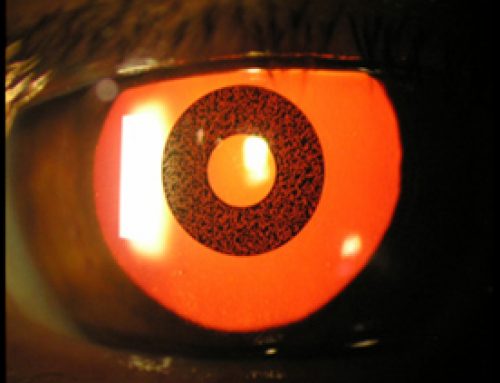The crystalline lens by means of variations in his amplitude of accommodation allows see clear at all distances, as well it provides transparency in his youth. Nevertheless, with the age from 45 years approximately a loss in the ability of accommodation that difficult the observation of objects in near vision takes place, a condition known as presbyopia or tired sight. Indeed, the reduction in the capacity of accommodation occurs due to changes in the crystalline lens, as variations in the index of refraction, increase of the anterior and posterior curvatures, alterations of the elasticity of Bruch’s membrane, variations in the capsule thickness or increased thickness among others … As consequence of the above mentioned variations, it is common that the patients with presbyopia manifests difficulty in the performing of daily tasks, like reading books, look at the mobile or the laptop in near vision. Precisely, in the Online Course Clinical Methodology in Refractive Cataract and Corneal Surgery are discussed the different techniques and surgical procedures to improve near vision in patients with presbyopia.
What surgical alternatives have been developed to improve the vision in patients with presbyopia?
For the correction of presbyopia traditionally bifocal, progressive, lecture glasses, or even monovision have been used. Specifically, the use of glasses has some limitations, while not all patients are suitable candidates for the different techniques of monovision due to the fact that produces a loss of binocular vision and stereopsis. However, several ophthalmological procedures allow improving vision at different distances. Although different procedures have been developed as scleral expansion surgery, multifocal ablation surgery or conductive keratoplasty technique which already does not carry out, Premium Intraocular Lenses (IOLs) provide better visual outcomes. Indeed, cataract surgery is one of the ambulatory interventions most performed worldwide. In the procedure, the opacified crystalline lens is replaced by an Intraocular Lens. Formerly in the intervention a monofocal IOL was implanted, being necessary glasses in near vision. However, the technology of the Premium IOLs allows improving vision at all distances, from distant to near vision, even in intermediate vision.The improvement in the technology of Premium IOLs has allowed that not only to be implanted in cataract surgery, but also in patients without opacification of the crystalline lens, intervention known as transparent crystalline lens surgery or Refractive Lens Exchange. However, also is possible implant multifocal phakic IOLs in patients with presbyopia with removing the crystalline lens.
Currently, different Premium IOLs implanted to replace the opacified crystalline lens have been and are being scientifically studied. Mainly, stand out accommodative, multifocal or extended focus intraocular lenses, which this last recently has been approved by Food and Drug Administration (FDA). Some of the previous ones, incorporate in addition aspherical design which allows improving vision not only in diurnal conditions but also in night conditions. Besides to the innovations in the technology of Premium IOLs, also highlights the improvements developed in the formulas of calculation of the intraocular lenses, concretely in patients previously underwent corneal refractive surgery. Concretely, one of the areas of interest of professor of the Online Course Clinical Methodology in Refractive Cataract and Corneal Surgery, the Dr. Miguel Maldonado, is cataract surgery after refractive surgery. Especially, our international tutors have published several scientific studies in international congresses and journals about the technology, procedure as the quality of vision obtained with Premium IOLs to correct presbyopia.
Acknowledgements: To Adrian Glasser for the collaboration providing the header image for this publication.





